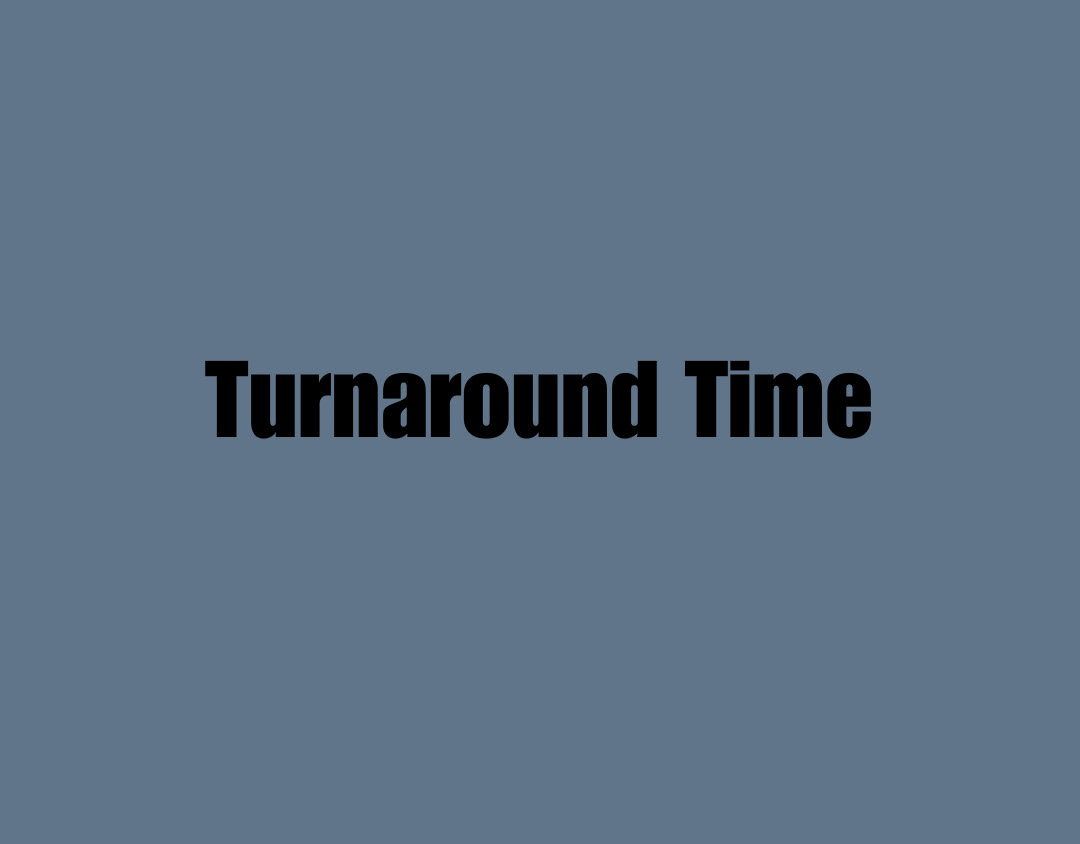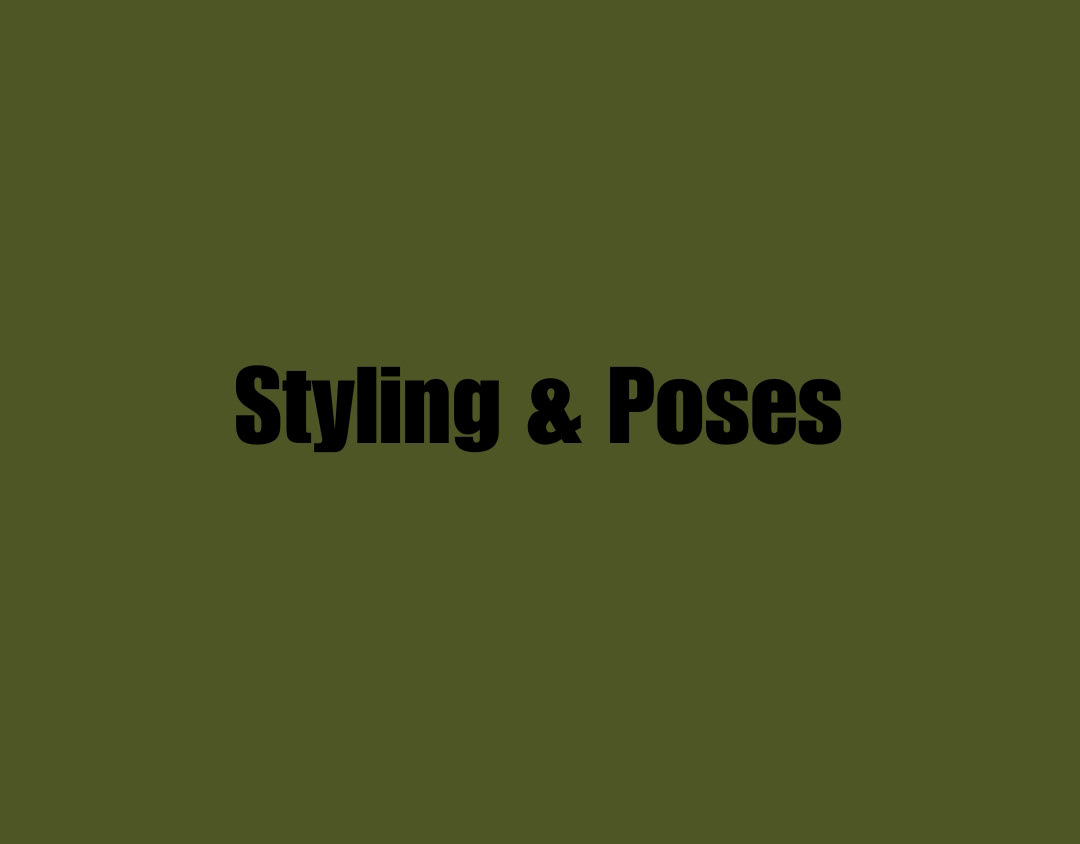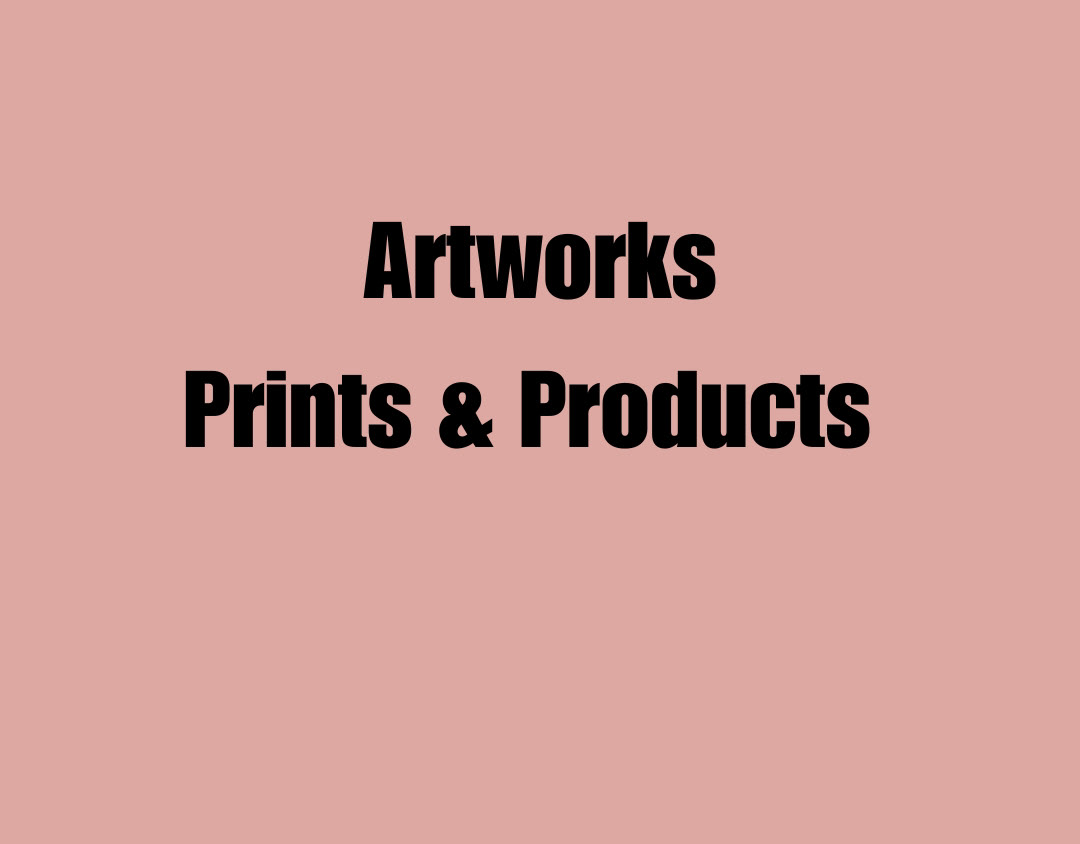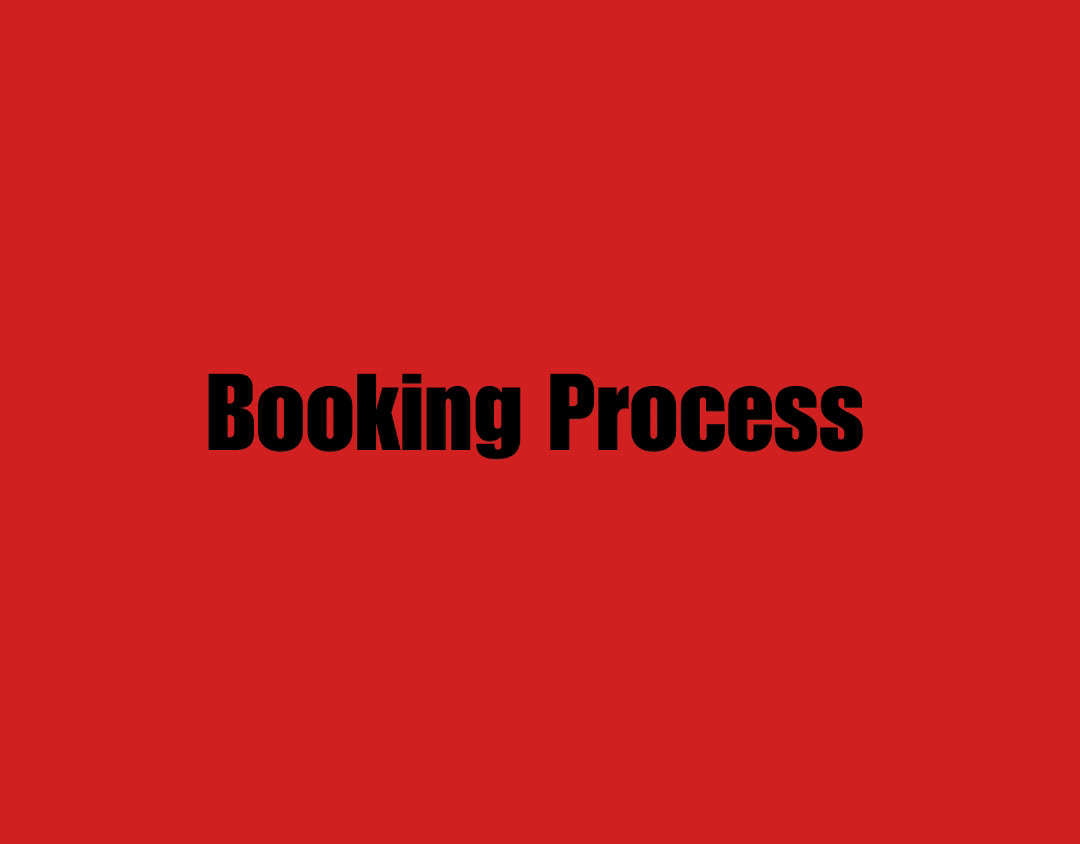What Are Usage Rights?
Usage rights refer to the permissions and restrictions governing how you can use the photographs you've commissioned from a photographer & our studio. They specify the scope of usage and can include commercial and editorial use, exclusivity, and duration.
What Does Commercial Use Mean?
Commercial use allows you to utilize the photos for business-related purposes, such as marketing, advertising, or promoting your products or services. It's ideal for enhancing your brand's presence.
Commercial Use Examples:
Fashion Photography: Images of clothing, accessories, and models for advertising campaigns, lookbooks, and promotional materials.
Product Photography: Images of products, which are used for e-commerce websites, catalogs, brochures, and advertisements.
Business Style/Personal Branding Photography: Essential for professionals and businesses looking to enhance their online presence. It's used for corporate headshots, website profiles, and promotional materials.
Advertising Photography: Compelling visuals for advertisements for print media, billboards, or digital marketing campaigns.
Covers:Images created to enhance the visual appeal of various media, such as films, books, plays, music labels, concert promotions, and workshop materials.
Event Atmosphere for Publication Photography: These photos are produced for commercial use, often intended for online platforms like social media, website landing pages, presentations, and other promotional materials to engage and attract viewers and participants.
What Is Editorial Use?
Editorial use permits you to use the photos in magazines, newspapers, blogs, or other editorial publications. It's suitable for media outlets, bloggers, and content creators for non-commercial, news, or educational purposes.
Editorial Use Examples:
Editorial Fashion Photography: Fashion photoshoots featured in magazines, blogs, or editorial publications fall under this category. They're not primarily meant for direct sales but for showcasing trends and styles.
Photojournalism: Photojournalists capture images for newspapers, news websites, and magazines to accompany news stories. These photos provide visual context and enhance the storytelling aspect of news articles.
Editorial Portraits: Portraits used in editorial publications, such as magazines or blogs, to illustrate articles or interviews are considered editorial portraits. They serve to connect readers with the subject or story.
Event Photography: (Productions Behind the scenes, Business team celebrations, etc.): Capture moments at various events, including performances, shows, and workshops. These images can be used in editorial publications to document the event.
What's the Difference Between Exclusive and Non-Exclusive Rights?
Exclusive Rights: You have sole usage rights, and the photographer/studio cannot license the photos to anyone else during your agreement. It's typically more expensive.
Non-Exclusive Rights: The photographer can license the same images to multiple clients for different purposes.
What Does Duration Mean in Usage Rights?
Duration specifies how long you have the right to use the photos. It can range from a few months to unlimited use. A standard commercial license may grant 1-2 years of usage rights.
Are There Any Restrictions on Usage Rights?
Yes, usage rights agreements may include specific restrictions or limitations. These can define where and how you can display the photos, whether you can make derivative works, and whether you can resell the images.
Can I Print and Share the Photos I Receive?
The ability to print and share the photos depends on the terms of your usage rights agreement. Generally, for personal use, printing and sharing are allowed.
However, if it's for commercial or editorial purposes, it may be subject to restrictions.
Will I Receive the Rights to the Photos?
You'll receive usage rights but not copyright ownership of the photos.
The photographer retains the copyright, but your agreement outlines the permissions for specific uses.
Do You Use Photos for Promotional Purposes?
Yes, I do reserve the right to use photos from all commissioned projects for promotional purposes.
This allows me to showcase the high-quality work I've produced and the diverse range of projects I've been a part of.
However, I also respect your privacy and any specific requests you may have regarding the use of these photos.
If you have any concerns or preferences in this regard, please feel free to discuss them with me, and we can work together to ensure your comfort and satisfaction.
Remember to discuss and clarify these terms with the studio to ensure they align with your expectations.









